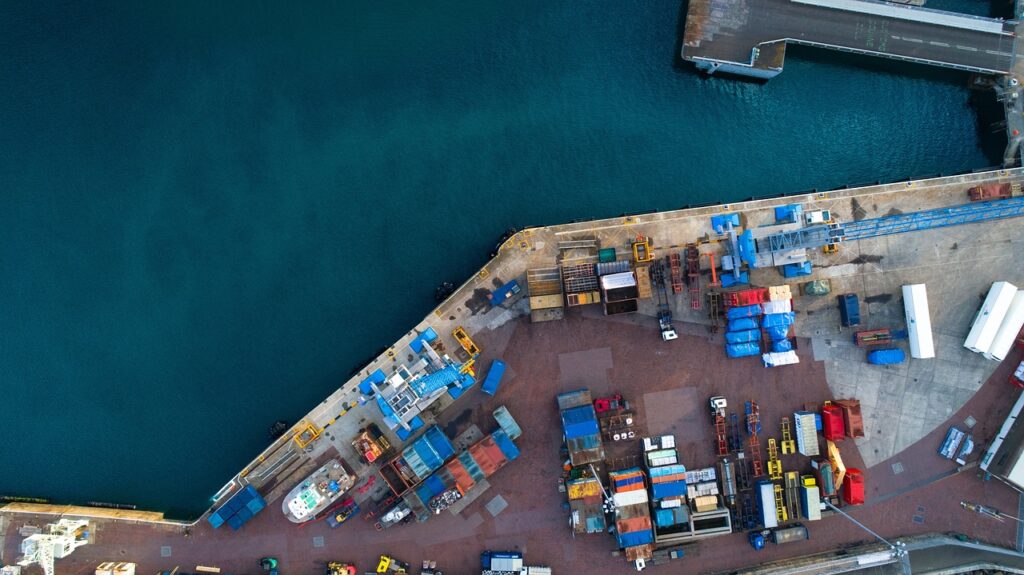Ensuring ongoing structural integrity in wharves

~ Omniflex and AMOG develop WharfWise structural monitoring system to provide real-time insight into wharf infrastructure status ~
In collaboration with engineering firm AMOG Consulting, remote monitoring specialist Omniflex has developed WharfWise: a holistic structural monitoring system that, for the first time, provides wharf operators and asset managers with real-time oversight of mooring operations and structural integrity. WharfWise can be used to monitor everything from movement of wharves’ dolphins to impacts on the fenders and tension in the mooring lines.
Driven by industry-wide carbon reduction strategies, cargo ships are becoming larger year-on-year as a single ship carrying much more cargo than multiple smaller ones lowers carbon emissions per tonne, as well as shipping costs per tonne. However, port infrastructure designed decades ago was not built with these larger ships in mind, meaning stresses and strains on the infrastructure are much greater than anticipated.
Furthermore, as there is increasing pressure on port operations to maximise existing infrastructure, port infrastructure is occasionally operated beyond its capacity or asset life. This can impact asset performance as errors in operation or adverse weather conditions can cause additional and unexpected movement in berthed ships, which can then excessively load mooring lines and cause impacts on berth infrastructure.
Liam Hewitt, principal engineer at AMOG, commented, “There is almost no existing real-time feedback loop about whether operating with larger ships, often in adverse weather windows, fits the wider asset management strategy.
“WharfWise can also correlate a wide range of data to within a millisecond so cause and effect can be determined. For example, if a ship collides with a fender and causes a wharf pile to move excessively as a result, it can easily map the chain of events to provide immediate insights to operational and engineering personnel.”
The traditional approach to port asset management has seen operators rely on visual inspections, often on an annual basis, to identify damage and conduct patch repairs. However, in the case of concrete structures, by the time the damage is visually identifiable with cracks in the structure, it is likely approaching the end of its service life and the maintenance cost drastically increases.
David Celine, managing director at Omniflex, explained, “WharfWise helps detect stress that could lead to damage and proactively maintain the asset by managing the main loads into the berth and the berth’s response. For example, too much movement is indicative of deeper structural issues.
“WharfWise also allows real-time adjustments of mooring lines to respond to unexpected ship movement caused by weather conditions or changing tides. This helps maintain even load distribution across all lines at all times and minimise damage. It also has safety benefits as a snapped mooring line can result in a serious incident that endangers port personnel.”
As WharfWise provides port asset managers with detailed, time-stamped data on port infrastructure performance, it can also help them recoup capital costs for damage from ship operators. This was previously much harder to do as it was difficult to accurately identify the exact events responsible for any damages.
To find out how more about how WharfWise help protect your wharf infrastructure, contact the team in Australia on aussales@omniflex.com. If you are in the UK, use uksales@omniflex.com and if you are in South Africa use sales@omniflex.com.




